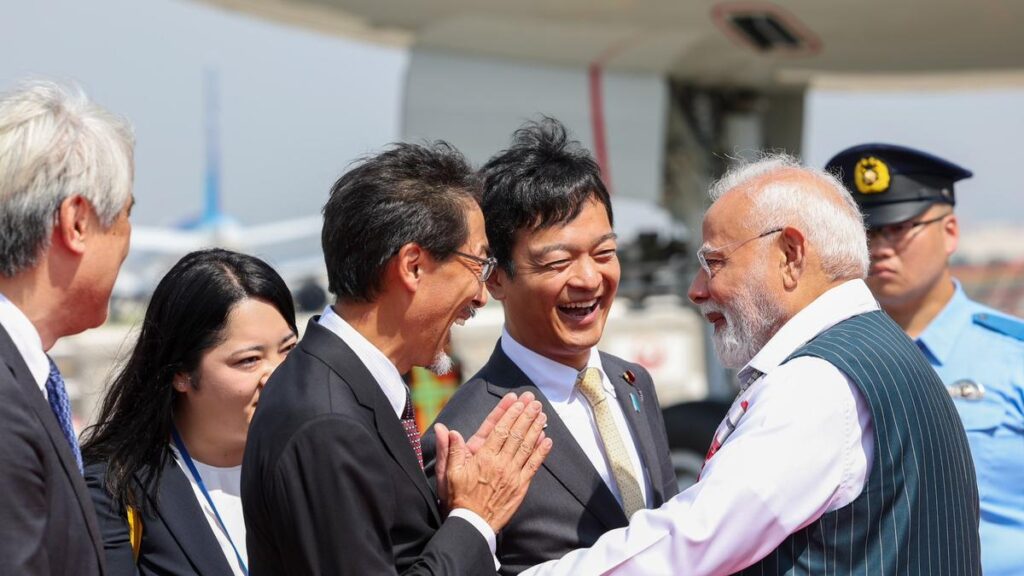
Prime Minister Narendra Modi arrived in Tokyo today, the biggest Step of Pm Modi on August 29, 2025, marking an important step in India’s growing engagement with East Asia. His visit to Japan is not only part of the annual summit between the two nations but also a carefully planned diplomatic move at a time when global politics, trade tensions, and regional security challenges are undergoing rapid change.
Why Japan, Why Now?
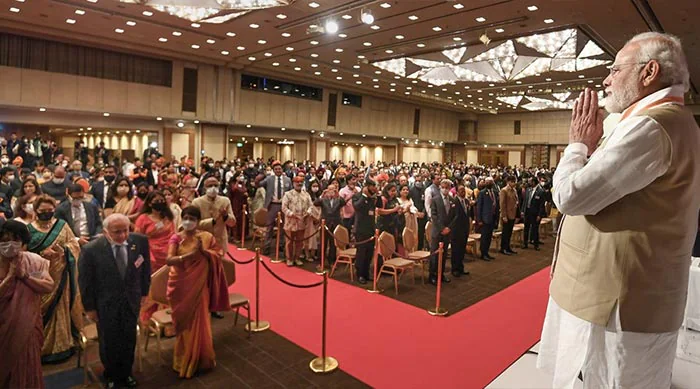
Japan has long been one of India’s closest and most trusted partners in Asia. The relationship goes beyond trade or diplomacy—it is built on shared democratic values, a commitment to a free and open Indo-Pacific, and a mutual desire to counterbalance growing uncertainties in global politics.
Modi’s timing is significant. The United States recently get raised tariffs on Indian goods, causing ripples in India’s export sectors, and other Business. At the same time, New Delhi is preparing for the Shanghai Cooperation Organisation (SCO) summit in China, where Modi will meet leaders like Xi Jinping and Vladimir Putin. In this context, Japan represents stability and trust. By strengthening the partnership with Tokyo first, Modi ensures India enters the SCO talks from a position of balance, not dependency.
The 4 Core Agenda
During his two-day visit, Modi is holding talks with Japanese Prime Minister Shigeru Ishiba. The key areas of focus are:
- Defense Cooperation – In an interview before his trip, Modi emphasized that India and Japan must deepen their defence partnership. Both nations face security concerns in the Indo-Pacific, particularly with China’s growing assertiveness in the region. Joint exercises, technology sharing, and defence manufacturing cooperation are expected to be high on the agenda.
- Trade and Investment – Japan remains one of India’s biggest investors, especially in infrastructure and technology. The two sides are expected to discuss new industrial corridors, smart city projects, and high-speed rail initiatives. Modi’s “Make in India, make for the World” campaign is being pitched to attract more Japanese firms into Indian manufacturing.
- Technology and Innovation – From artificial intelligence to clean energy, India and Japan are increasingly aligned on futuristic industries. Japan’s expertise in robotics and advanced manufacturing, combined with India’s massive digital market, creates natural synergies. Modi’s visit includes interactions with business leaders and innovators to strengthen these collaborations.
- Cultural Diplomacy – Beyond economics and security, the relationship also thrives on cultural warmth. On his arrival, Modi was greeted with traditional Japanese folk songs, bhajans, and the chanting of the Gayatri Mantra. Such gestures underline the emotional bond between the two nations, often overlooked in purely strategic discussions.
How Pm Modi is Approaching the Visit
Observers note that Modi’s style of diplomacy has always blended symbolism with strategy. His arrival in Tokyo was designed to project friendship and cultural closeness, but the substance of his meetings is far more practical. By highlighting both tradition and modernity, Modi is signaling that India’s partnership with Japan is as much about shared values as it is about shared interests.
He is also expected to meet Japanese business leaders and members of the Indian diaspora, underscoring India’s image as both a growing market and a global community. Such outreach has been a consistent feature of Modi’s foreign visits, reinforcing India’s “people-first diplomacy.”
The Bigger Picture
Modi’s Japan visit is not happening in isolation—it is part of a larger diplomatic choreography. Within days, he will travel to China for the SCO summit, his first trip there in seven years. The contrast between the two visits is striking. In Japan, Modi speaks as a partner among equals, deepening trust. In China, he must navigate tensions, test diplomatic waters, and carefully position India in a grouping dominated by Beijing and Moscow.
This dual approach shows India’s evolving strategy: strengthening bonds with like-minded democracies such as Japan while keeping lines open with less-friendly but influential neighbours. In a world of shifting alliances, flexibility has become India’s strongest asset.
Why This Matters for India
For India, stronger ties with Japan mean more than symbolic friendship. They bring:
- Economic growth through Japanese investment in infrastructure, technology, and renewable energy.
- Strategic security by aligning with another democratic power committed to keeping the Indo-Pacific free and open.
- Diplomatic leverage when dealing with other powers like China, Russia, and the United States.
Modi’s visit also sends a clear signal to Indian citizens: that India is not isolated by U.S. tariffs or global tensions, but rather building bridges with nations that share its vision of growth and security.
Looking Ahead
The outcomes of the visit will be seen in the months to come, especially in agreements on defense and trade. But even now, the symbolism is powerful. Modi’s presence in Tokyo shows that India and Japan are not just allies of convenience—they are partners shaping the future of Asia.
As global power centers shift and economic rivalries intensify, such partnerships will determine not only the fate of nations but the stability of the region. For Modi, today’s visit to Japan is both a reassurance to a trusted friend and a statement to the world: India is ready to play its part in building a balanced, secure, and prosperous Asia.

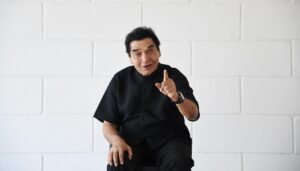



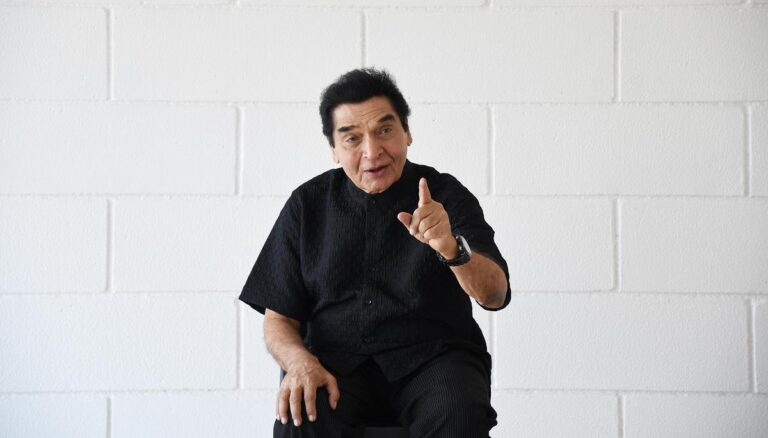
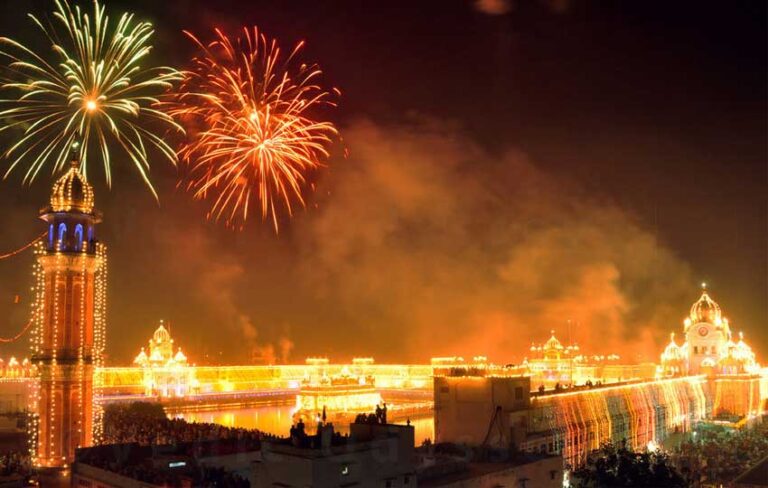
Yahh Something Big Comming
indian innovation technology
JAPAN AND INDIA FRINEDS
its too good for japan and india for better future and better life style
それは良いです